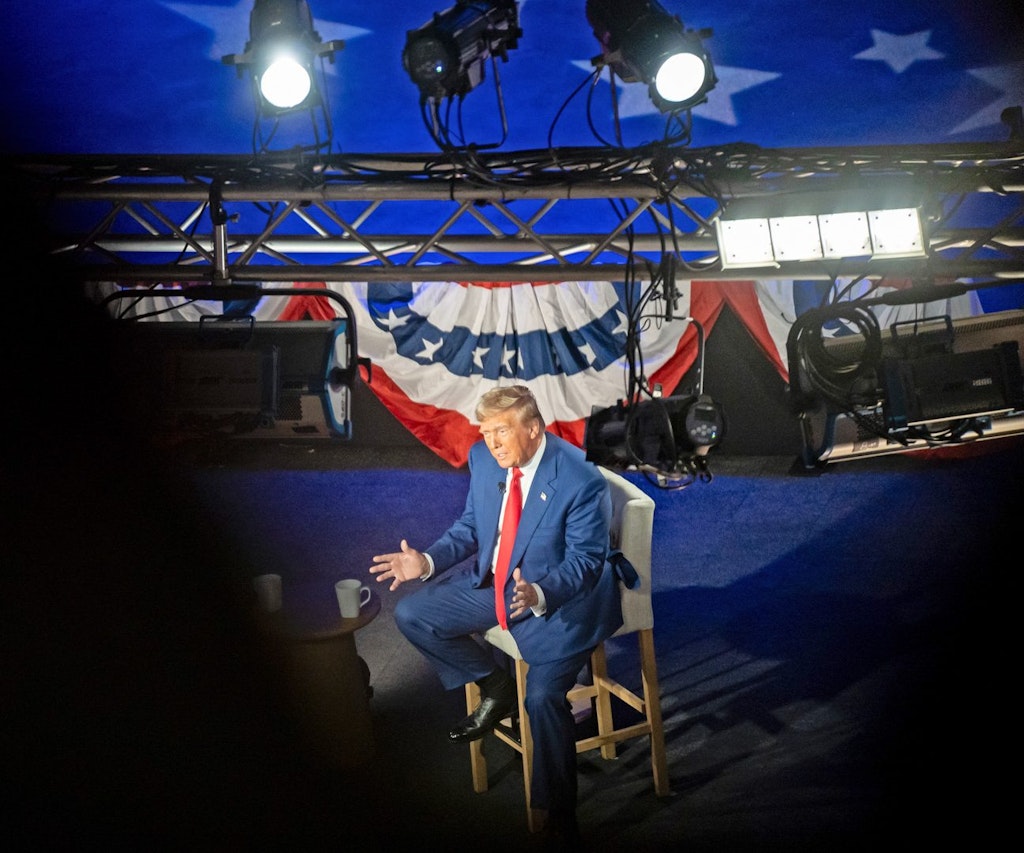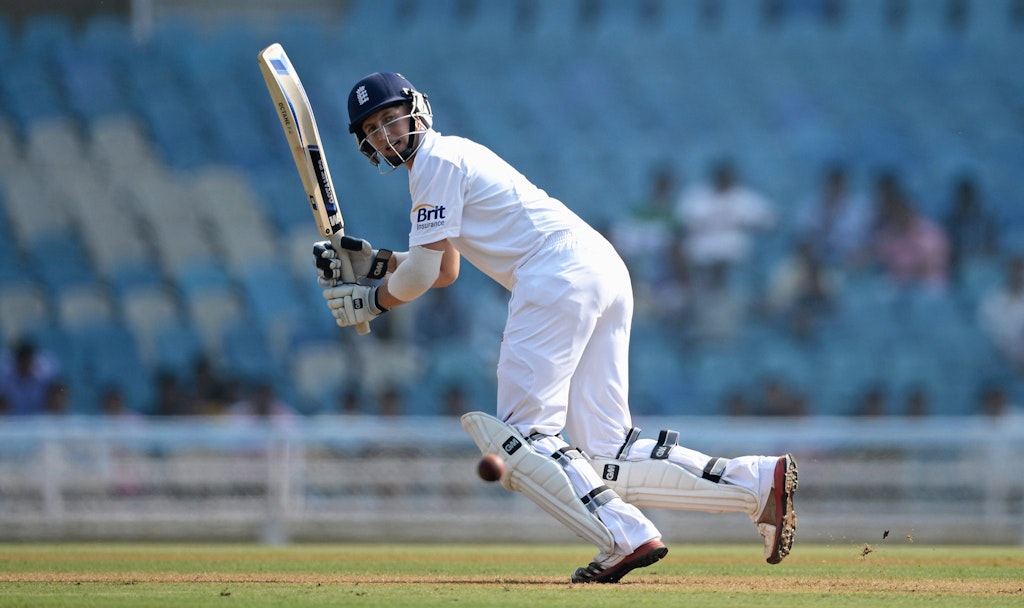Melancholy of obsolete futures
Alexander Adams on Soviet Brutalism and where to read about it
Brutalism has seen a surge in interest among young people keen on bold uncompromising Modernist design. Whole books of moody photographic studies of concrete buildings are snapped up by fans of urban life and retro design. A crop of new books explores the Brutalism of socialist states.
While Constructivism and avant-gardism in fine art came to prominence during the October Revolution, it was suppressed in favour of Socialist Realism by the mid-1930s. In architecture more adventurous forms and materials persisted, although in the minority. Under Stalin there was a degree of stylistic conformity and austerity, yet adventurous architecture was not seen as “bourgeois formalism” as it was in art. Following the death of Stalin in 1953, historicism receded and a greater variety of art, design and architecture (including Modernist architecture) became possible.
While supposedly for the masses, many of the showpiece constructions were moribund from the start: inverted ziggurat hotels that were barely occupied and shopping centres with few consumer goods to offer. Much of this architecture was completed less than a decade before the economic and political collapse of the Eastern Bloc.
Plans for utopian buildings were undone by their essential impracticality
In postcards, gargantuan apartment buildings — veritable terrestrial ocean liners — tower over public spaces, making miniatures of two-tone buses and Trabants. Third-Worldism (also called the Non-Aligned Movement) was a political position of the mid-century decades that apparently offered advantages of alliance to states that pledged to remain equidistant between socialism and democratic capitalism. In practice, most post-colonial states in Africa, South America and South Asia following Third-Worldism did turn to the two superpowers, which provided strategic assistance in return for favourable trading status or military co-operation, thus forming indirect and unstated alliances rather than outright ones.

Consumer Culture: Landscapes in Socialist Yugoslavia presents the architecture of a state that blended one-party socialism and the market economy. Consequently, its material standard of living was better than Eastern Bloc states. This book includes contributions addressing various aspects of Yugoslavia’s architectural heritage in Split, Sarajevo, Novi Sad and Pristina.
East German Modern is a photographic essay on Modernist buildings of the GDR. An introduction is followed by many new photographs of the buildings as they are now. Some are still exciting and distinctive — though somewhat impractical — structures. Others are graffiti-daubed, cracking eyesores that are doubtless due for demolition before long. There is a deep melancholy about these relics of an impossible dream marooned in an economically straitened region suffering from emigration and loss of confidence.
If these cinemas and piazzas ever thronged on summer evenings, they no longer do so. Windows are broken, moss girts precast walls and grass grows between paving stones. With operating costs no longer absorbed by the state, GDR buildings are expensive, inefficient white elephants. The GDR style of modular Plattenbau with precast concrete elements is one that neither traditionalists nor fans of Brutalism admire. In 40 years’ time no one will be lobbying for its preservation.
Imagine Moscow outlines how Soviet Man and Woman were to be made efficient, their lives regulated to the minute. Meals would be communal, unmarried individuals sleep in dormitories, married couples be afforded some privacy, children be separated from family members, sport and hobbies be organised group activities, with privacy abolished.
Efficiencies of scale could be applied to industrialise and communise all aspects of existence. Some of these stipulations were put into practice piecemeal but others proved too complicated, costly or disagreeable. Architecture (including urban planning and public transport) was to be key to developing humanity’s collective potential through social engineering.
In the 1920s, the only limits were imagination. Concepts were developed for mega-skyscrapers, artificial urban panoramas and floating cities supported by colossal columns. Meanwhile, families were living in corridors of dilapidated expropriated townhouses. Imagine Moscow outlines the interface between Suprematist art and city planning, and Constructivist avant-garde architecture in those heady post-Revolution years when mankind seemed poised to take a great leap forward.

The universalism of socialist idealism was manifest in the shared use of motifs and theories in fabrics, ceramics, clothing, furniture, architecture and street plans produced in this time. Imagine Moscow includes examples of these plus the photographs, posters, projections and plans that accompanied them.
The megalomaniacal overreach beloved of dictators and architects reached its apotheosis in 1920s Moscow. This reveals the millenarian religious character of socialism; Soviet advocates often talked in cosmic terms, envisaging the earthly paradises of the proletariat expiating sins of class, capitalism and colonialism. Yet just as notions of Soviet Man foundered upon human nature, so plans for utopian buildings were undone by their essential impracticality.
There was a plan to move the Pushkin Museum by jacking it up, feeding rollers underneath and dragging it away. The Palace of the Soviets — a mega-skyscraper intended to symbolically supplant the skyscrapers of capitalist New York — was defeated by geology and war. The pinnacle to this tapering wedding-cake montage of a building would have been a 100-metre statue of Lenin.
Of these books, Soviet Metro Stations is the most purely pleasurable. Most of the stations portrayed are in excellent condition, maintained as expected, undefiled by posters and graffiti.
The underground networks of major cities around the USSR were one of the unchallenged glories of the Soviet system, excepting the forced labour that was used to construct the earliest infrastructure. In a state with harsh winters, the underground was an efficient transport system, unconstrained by restrictive planning permissions and consultation. The construction of the Moscow metro commenced in the 1930s. The first line opened in 1935.

Although Soviet Metro Stations is primarily a photographic book, a short but comprehensive introduction details the development, design and history of the various metros in the former USSR. Photographs document the stations of Yerevan, Kharkov, Kiev, Novosibirsk, Tashkent and other cities. Stations were to be palaces of the people. This was not a vain boast. The stations were airy, well-lit and dignified. Décor ranged from the futuristic (pressed geometric metal panels) to the palatial. Other styles adopted were Art Deco, Asiatic and ancient Egyptian. Some stations look eerily similar to the moon bases and space stations found in sci-fi films.

The de-communisation of Ukraine has meant that Soviet names and artwork on the Kiev metro has been replaced with advertising — a loss to both travellers and design enthusiasts. The single-span vaults with island platforms in the Kharkov metro became emulated designs. With light-coloured geodesic tiling, these bright halls are like glittering ice caverns. Happily, the Kharkov metro has escaped the de-communisation that disfigured Kiev.
Architecture in Global Socialism covers the outposts of socialism in the Middle East and Africa, the zone of the Non-Aligned Movement and the Global South. In the post-colonial era, nascent countries required the trappings and infrastructure of states: bridges, dams, airports, parliaments, museums, ministries and sports stadiums. The author points out that socialist countries possessed an ideological antipathy towards imperialism and therefore had a fraternal impetus to ally themselves with newly independent nations of the Middle East and Africa. The Iraqi-Syrian Ba’ath parties, Ghana’s Kwame Nkrumah, Uganda’s Idi Amin and Indonesia’s Sukarno incorporated aspects of socialism into their platforms.
In return for the export of services of architects and technicians for construction projects — and associated credit lines — the socialist nations gained access to favourable trading agreements for raw materials such as rubber, timber, cotton, metals, oil and food. Concomitant soft power of diplomatic, cultural and military ties advanced the interests of both states. These relationships were very complex, multi-layered and rapidly shifting, especially considering the numerous coups and revolutions of post-colonial countries.
Much of Abu Dhabi’s first-phase state infrastructure was designed and built by Bulgarians, Iraq employed architectural firms from the Eastern Bloc, and Hungarian architects worked in Ghana. Architecture in Global Socialism strikes a generally successful balance between theoretical exposition and historical analysis, liberally illustrated, suitably informed but accessible to the general reader.
Enjoying The Critic online? It's even better in print
Try five issues of Britain’s most civilised magazine for £10
Subscribe














